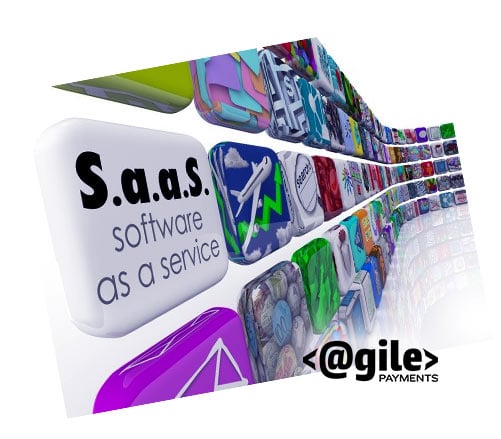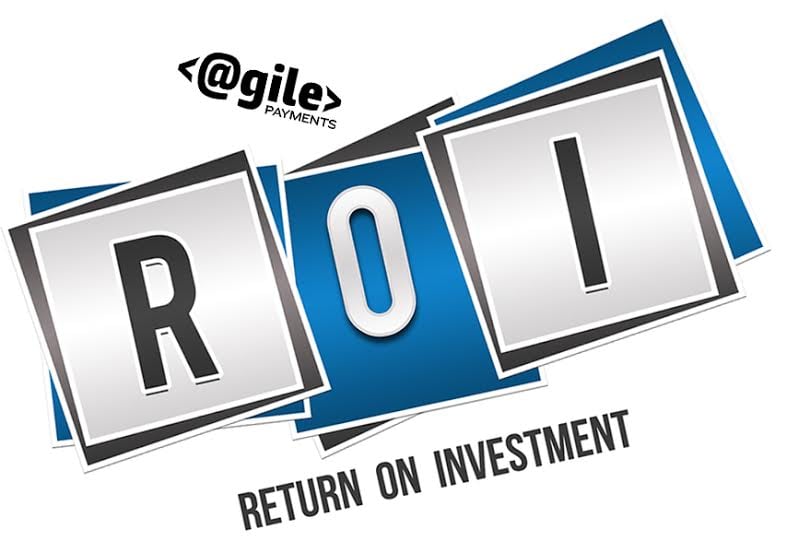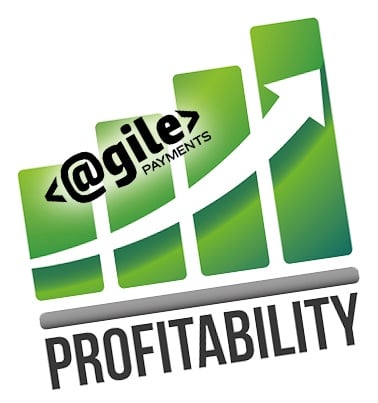Recently, PYMNTS, a leading payments and commerce industry news site published a piece on PayFacs based on an interview with WePay co-founder Richard Aberman.
Hyperbole aside, we want to examine Mr. Aberman’s view and provide some balance to the conversation for companies exploring payment facilitation.

WePay and the big aggregators don’t want you to be a payfac – their business depends on it, actually!
Mr. Aberman’s perspective can be summed up by his quote to close the article:
“[…] in a world of WePays and Stripes — where companies can have the benefits of being the payments facilitator while outsourcing the truly hard stuff — why not do it the easy way instead?”
First, the obvious. WePay is a PayFac, aka Payment Aggregator. Anyone opting for payment facilitation is their competitor. With juggernauts like Stripe and PayPal dominating the space, WePay cannot afford for others to migrate in.
But, here’s the truth. In many cases Mr. Aberman is actually right.
Becoming a payment facilitator often doesn’t make sense for software companies. Infrastructure, compliance, engineering, maintenance and operating investment can offset the incremental margin or customer connection gains that owning the payments process brings.
https://www.agilepayments.com/payment-aggregation/For others, however, it presents massive opportunity. And we certainly disagree with his statement that “[…] at this phase of the game, it almost never makes sense to become a payment facilitator[…]”

PayFac isn’t for everyone. Certain SaaS models, like marketplaces, don’t lend themselves to payfac profitability.
Let’s address the two general arguments that the article makes.
Aberman’s points center around marketplace vendors. And in this, we agree: for SaaS marketplace vendors like Shopify or Etsy, being a payfac is not worth it. Managing disparate client types requires significant infrastructure and ongoing risk mitigation investments that are costly. Building and maintaining risk engines, compliance infrastructure and ongoing merchant information validations across industries, vendor types and geographic locations is serious work. Plus, given the low volume and dollar amounts associated with transactions for hundreds of thousands of distinct sub-merchants for the average marketplace SaaS vendor, being a payfac is a no win proposition.
Companies should stay in the software business, so to speak, and build revenues in core operating functions where it makes sense.
But, here’s where the generalization around payfac being a “zero ROI” effort falls apart: the more specific the industry, the more risk exposure and compliance oversight tend to shrink. We’ve written extensively about the rich PayFacpotential for property management SaaS companies, and the point remains. When a user-base is low risk to begin with, and the processing, disbursement and payout functions are consistent, significant ROI is a real possibility. Marketplaces, where quality control issues, product delivery challenges and cross border transacting are the norm, are rife with fraud – and expectedly more expensive to manage. Aberman himself even calls out the challenges of “exception cases”. But niched industries with greater standardization in volume, amount and general charge profile do not present the same potential for exception cases, or fraud. Transactions are safe and cost less. This creates enhanced margin and deepens potential for revenue generation. Particularly, when you start to consider hybrid PayFac options where risks and compliance burdens are managed through a partner entity.
Secondly, payments aside, a main reason to become a PayFac is to be closer to the payments process. This is an area that Aberman ignores. Even by virtue of referencing “ROI” in the blog post title, it’s clear this is primarily a revenue generation argument for WePay.

Industries with lower risk profile, like property management, are ripe for SaaS companies. Low risk = lower transaction rates = bigger margin.
But we believe proximity to the process and maintaining control brings other benefit. Namely, removing onboarding frictions that frustrate customers and limit their ability to transact. Churning customers is a death sentence to SaaS vendors. Ensuring a seamless experience is critically important to their business models. The quicker your customers are accepting the payments, the better their business. Period.
Keeping customers happy matters. Consider this example of monthly churn rate impacts:
- Say you start January with 100 customers, each paying $1 per month. Having 5% monthly churn means you have 54 customers left and $54/MRR at at the end of December.
- Over the course of a year where you start with 100 customers or $100/MRR but have 5% monthly churn, you’d need to acquire 46 customers (or $46/MRR) just to break even with the beginning of the year.
Think about it!
To grow by just 1 customer you’d have to acquire 47 customers.
To grow by just $1, you’d have to acquire $47 in new business.
While this obviously takes into account no net-new growth, protecting the customer experience or effectively “guarding the back door” against churn is massive. Do not neglect the significance of customer experience control.

Customer experience gains by being “closer to the process” improve customer retention and reduce churn – which is the lifeblood of SaaS business models
Wrapping up the post is Aberman’s rhetorical question:
“…companies can have the benefits of being the payment facilitator while outsourcing the truly hard stuff – why not do it the easy way instead?”
Sometimes, the easy way comes at a cost. And for segments of the SaaS vendor market, the costs are just too high.
Contact Agile Payments today to discuss how becoming a PayFac may boost revenues and customer experience returns in your business.
{{cta(‘601e70d1-425a-4bc8-a2bb-9e417399adce’)}}





